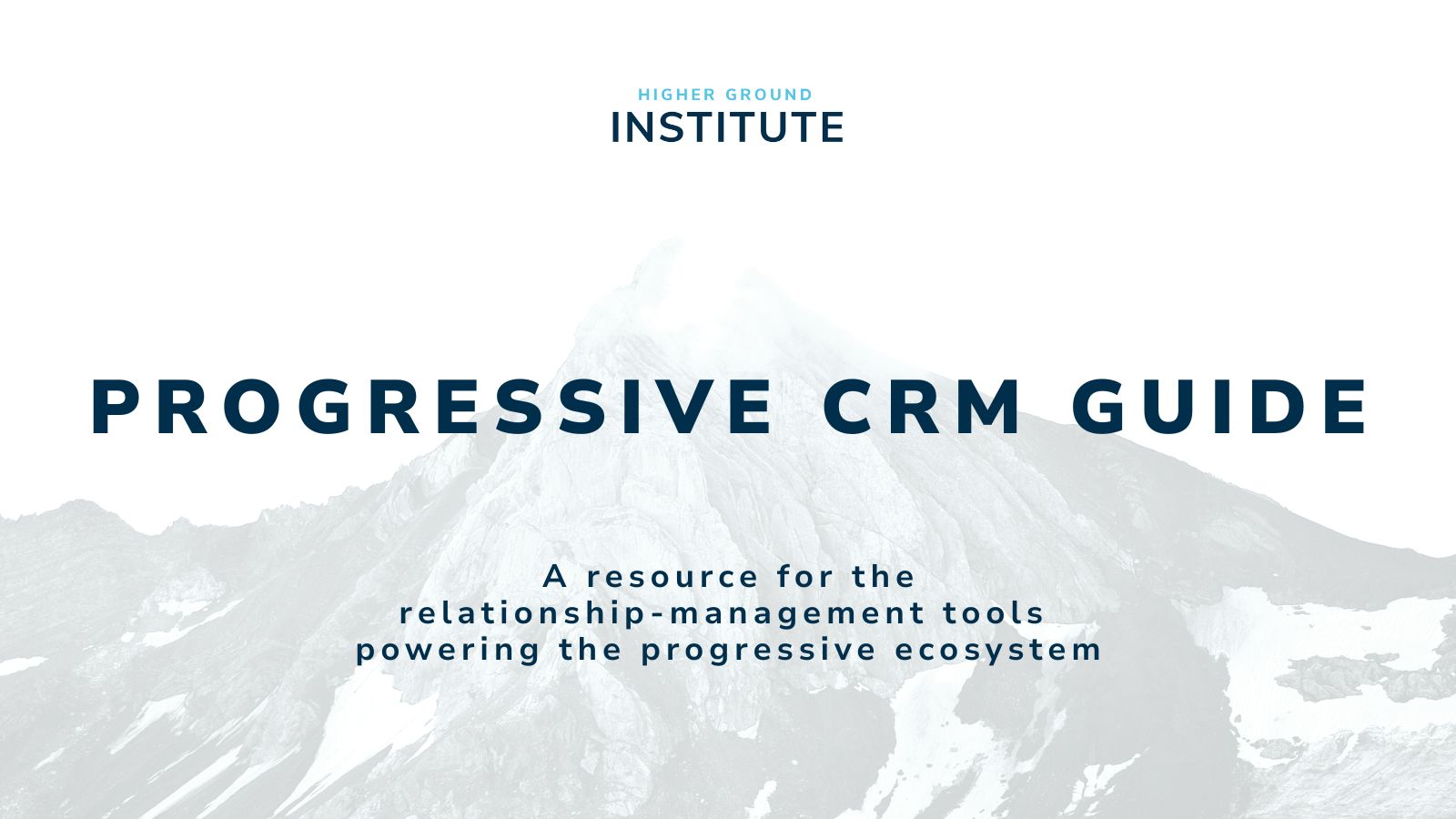Tackling the Progressive Digital Campaigner’s Dilemma of High Costs and Low Returns
Written by: Michael Roach, Communications Lead at SoSha
Digital campaigners trying to effectively message to potential voters need the right tools and strategies to track key audience characteristics, target audiences precisely, and monitor interactions to successfully iterate.
Yet progressive digital campaigners today face a perfect storm of challenges that threaten their ability to reach and mobilize voters effectively. Traditional digital advertising continues to see rising costs and diminishing returns, with platforms demanding ever-larger budgets while delivering less engagement.
Meanwhile, conventional organizing tactics like mass SMS blasts and untargeted outreach often fail to cut through the noise, especially in an era dominated by information overload and growing distrust in political messaging. Campaigns find themselves caught between prohibitively expensive paid media that reaches broad but imprecise audiences, and labor-intensive ground organizing that struggles to scale effectively.
A recent piece in FWIW from the Higher Ground Institute notes this dilemma, “Most Democratic media investment flows toward short-term paid tactics because they’re easy to measure. We lack the infrastructure – technology, production models, analytics – to build the sustained, impactful media operations we need to reach an electorate that’s increasingly tuning out political news.”
This landscape has created an urgent need for alternatives that combine the cost-effectiveness and trust-building of organic outreach with the precise analytics tools previously available only through expensive digital advertising platforms.
Introducing Advanced Analytics for Organic Social Sharing
The breakthrough comes from SoSha, a social media amplification platform that has developed a first-in-class tracking methodology deriving demographic insights about sharers of organic content and their audiences across social media networks.
At its core, SoSha’s platform makes it simple for campaigns and nonprofits to drive organic reach through community mobilizers—local organizers, activists, and influencers with deep community ties—by providing them with suggested content that they can customize and distribute across their social networks. But what sets this approach apart is the integration of a new set of advanced analytics that can provide:
- Demographic data tracking including age, gender, geography, and vote propensity;
- Precision targeting that was previously exclusive to paid advertising channels; and,
- Network mapping that identifies which mobilizers effectively reach various audience groups (e.g. high-propensity versus low-engagement voters).
To achieve this level of insight, SoSha partnered with INTRVL, a cutting-edge audience targeting and media measurement firm with extensive experience in the progressive advertising space. Using aggregate data from IP addresses and other user identifiers, INTRVL’s proprietary digital survey technology provided deep insights into audience reach and voting likelihood.
This was part of two pilot projects carried out in the run up to the 2024 U.S. Presidential and the April 1 Wisconsin Supreme Court Elections in the context of a relational organizing program run by Empower Project.
Case Study: How Organic Social Sharing Analytics Transformed the Wisconsin Supreme Court Race
Between February 24 and April 1, 2025, Empower Project—a relational organizing technology nonprofit—integrated SoSha’s technology as part of their relational organizing program focused on the Wisconsin Supreme Court race supporting candidate Susan Crawford. They faced a steep challenge, with opponent Brad Schimel’s campaign relying heavily on high-dollar spending, backed by donors like Elon Musk contributing over $25 million in what became the most expensive judicial race in U.S. history—totaling over $100 million in spending.
The results were remarkable:
- 21,189 social media posts from community mobilizers
- An estimated 15.7 million social impressions generated
- Content distributed exclusively through activation of local community networks
- Significant contribution to Crawford’s victory despite being outspent by opponent Brad Schimel
“This pilot opens up an exciting new pathway for digital and social media targeting,” says Amanda Brink, Executive Director of Empower Project. “It suggests we can combine the cost-effective and more impactful nature of real organic digital sharing with the narrow targeting precision previously unique only to paid digital ads. In short, it may be possible to have our cake and eat it too.”
This success didn’t happen in isolation. It built on Empower’s experience during the 2024 Presidential Election, where they had piloted a similar approach across seven battleground states (Michigan, Wisconsin, Pennsylvania, Nevada, Arizona, North Carolina, and Georgia). That initial test generated over 80 million impressions from more than 32,000 social media posts by community mobilizers.
What made the Wisconsin campaign particularly effective was the ability to adapt outreach strategies in real-time based on demographic data. Rather than blanketing audiences with generic messaging, Empower could identify which mobilizers were most effective with specific voter segments and deliver tailored content accordingly.
As one Wisconsin community mobilizer reported: “I was able to spread the importance of why to vote, who to vote for, and what to for. As a result we got the right Judge, and the very much needed referendum for RUSD [Racine Unified School District]! I am very proud of the work that was accomplished and look forward to doing it again.”
 Examples of tailored social media graphics developed by Empower Project.
Examples of tailored social media graphics developed by Empower Project.
The Future of Digital Mobilization
This integrated model, combining relational organizing with high precision tracking of organic social sharing, represents more than just a successful campaign tactic—it’s a blueprint for the future of digital mobilization. For the first time, organizations can apply rigorous audience targeting and engagement metrics—typically reserved for paid advertising—to organic social sharing campaigns.
This hybrid approach addresses several critical needs:
- Cost-effectiveness in an era of escalating digital advertising prices
- Trust-building through authentic peer-to-peer communication channels
- Precision targeting without the privacy concerns of traditional ad platforms
- Scalability that traditional organizing methods struggle to achieve
For campaigns and organizations adapting to a shifting communications environment, this model is no longer just an experiment—it’s a proven approach ready for wider implementation. By blending relational organizing’s authenticity with advertising’s analytical precision—without the prohibitive cost—this methodology offers a powerful alternative to traditional digital campaigning strategies.



